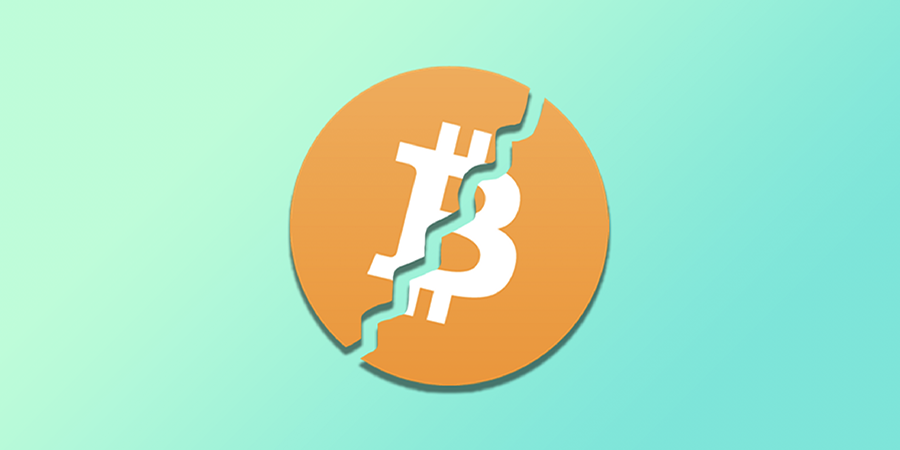The hash rate of the Bitcoin network may be reduced by 30% after the next halving, which is expected in April 2024, a number of experts say. Is this really so, and what lies ahead for the first cryptocurrency?
Upcoming halving
The next Bitcoin halving may well provoke a significant blow to the total network hashrate , which will fall due to a decrease in mining profitability. As miner rewards decrease, their profits will likely decrease as well – unless, of course, the cryptocurrency compensates for the losses before the block reward is reduced by increasing its price. This view is shared by experts such as B. Riley Financial director Lucas Pipes and Luxor Mining representative Colin Harper.
Pipes estimates a drop in the computing power of the Bitcoin network by 15-30%, Harper allows a drop of 20%. The main reason for this pessimism is based on the assumption that the Bitcoin halving will make mining operations more difficult, and miners will be able to count on half the amount of digital gold mined per block.
A little background: with the next halving (occurs on the Bitcoin network about once every four years), which is supposed to take place on April 11, 2023 at a height of 840,000 blocks (the current height at the moment is about 802,095 blocks), while the reward will drop from the current 6, 25 BTC to 3,125 BTC.
Halving could lead to the shutdown of many mining devices, as their use will no longer bring the desired income, which will negatively affect the network hashrate, skeptics believe. However, this fear has historically not yet been confirmed in the long term.
Past award cuts
Let’s try to turn to precedents. Consider the last halving that happened in May 2020 when the block reward dropped from 12.5 BTC to 6.25 BTC. Then, within six days after the event, the hashrate decreased by about 40%. But apart from a momentary panic in the market, this did not cause serious consequences: all metrics recovered to their previous values within a few weeks.
Now the computing power of the cryptographic network corresponds to 415 exahash / sec, which is almost three times the value recorded in May 2020.
In recent years, the specific power of equipment allocated for cryptocurrency mining has grown at an extremely high rate, overcoming historical highs year after year.
For this reason, miners can also look forward to the next Bitcoin halving as an upside event. Indeed, historically, with each halving, when miners faced a decrease in block rewards, the price of mined coins rose sharply, generously offsetting the negative consequences.
Rising cost
A smaller number of mined coins can be quite beneficial for Bitcoin. In this context, it becomes especially difficult to talk about online inflation metrics. Usually, the value of a coin (if nothing else happens) can rise due to a decrease in its supply. This decrease is also good in that the amount of money from sellers decreases and their leverage on the market, respectively, decreases – sellers do not have the same amount of asset to sell as before, and this plays a critical role in maintaining the past level of demand for the asset.
At least this happened in 2012, 2016 and 2020, during each halving of the Bitcoin network. In more detail, after the first Bitcoin halving in November 2012, the price of the cryptocurrency increased from $12.30 to $1,000 by December 2013. The hash rate has also increased significantly – by about 300 times in a year.
If we add to the analytics the data of the second Bitcoin halving dated July 9, 2016, we can establish a pattern: the cryptocurrency rose again from about $650 to $19,000 in December 2017. The hashrate has also increased, and again significantly: 15 times.
Data from the last halving, which happened on May 11, 2020, confirms the pattern: the price of BTC rose from $8,700 to $63,000 in April 2021, while the hash rate increased by 60% over this period.
Conclusion
Yes, the hashrate growth rate turns out to be less and less over and over again. But we can say that this is the result of the “maturity of the asset” and is largely due to the achievement of high market capitalization of Bitcoin plus the extremely wide distribution of mining around the world.
Against this background, it will be very interesting to see how the price of bitcoin and the hash rate of the network will react to the upcoming halving. Will the growth trend continue or will the pattern reverse this time?
Nobody has a definitive answer. However, miners are already gearing up to upgrade their machines and are buying next-generation hardware that delivers better performance with less energy. This means that people believe that the key to successful mining is the following principle: spend as little energy as possible, minimize operating costs, optimize the mining procedure and count on the long-term growth of the BTC price. That is, in general, the strategy does not change, and so far there is little threat from the side of the miners to the trend outlined above.







